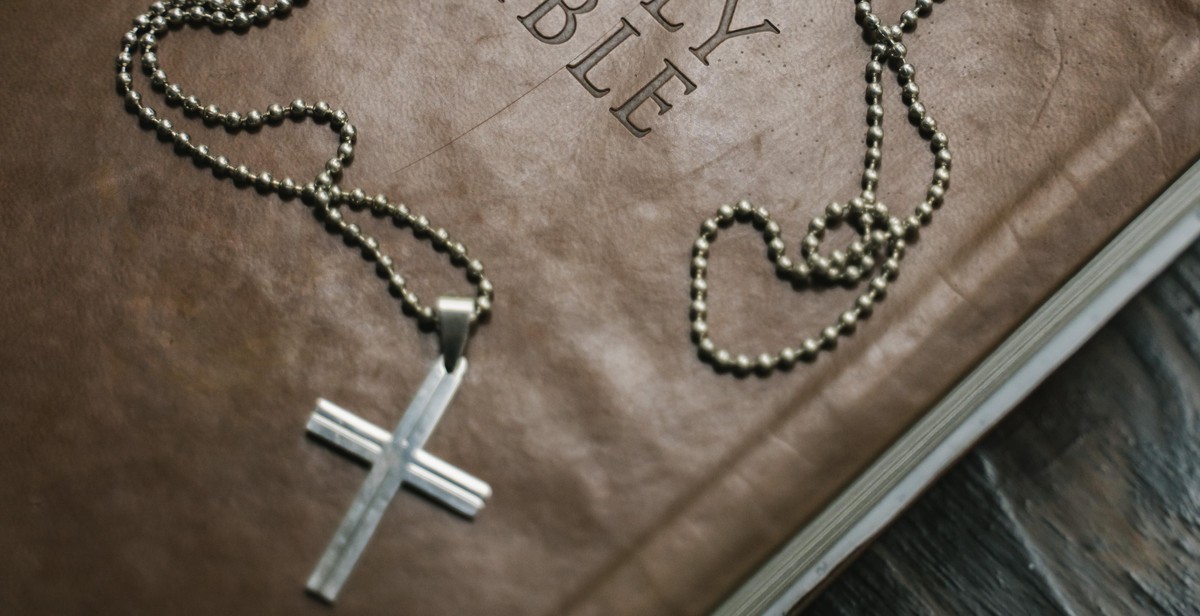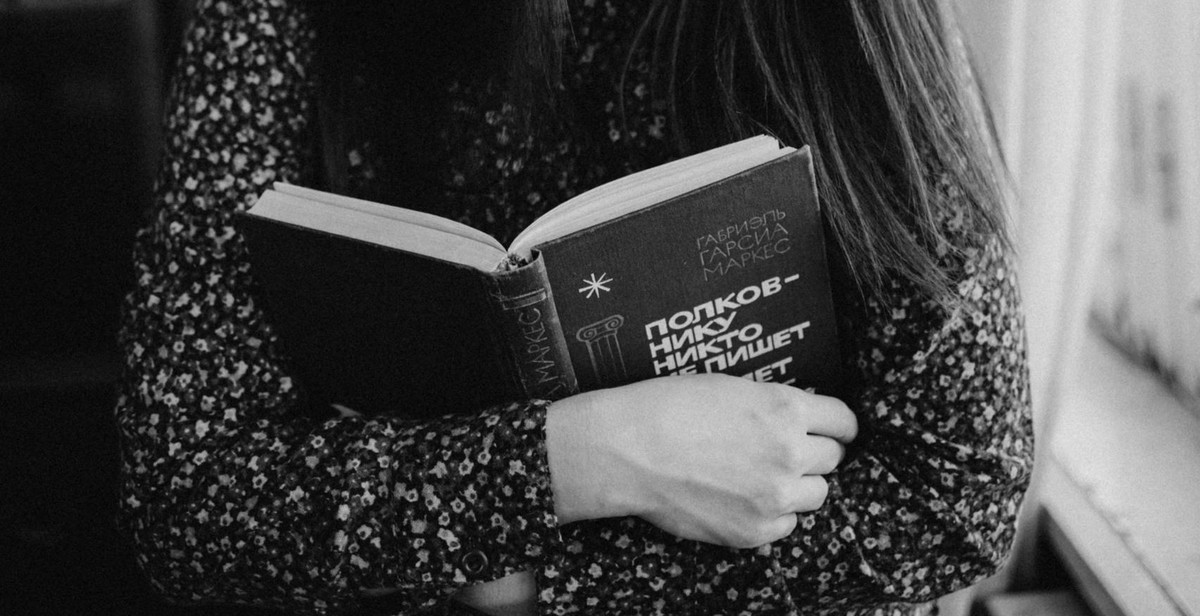How to Use Typography in Book Design: Creating Engaging and Readable Content
Typography plays a crucial role in book design. It is not just about choosing the right font, but also about creating engaging and readable content. Typography can make or break a book, as it can affect the reader’s experience and perception of the content. In this article, we will discuss how to use typography in book design to create engaging and readable content.
Why is Typography Important in Book Design?
Typography is the art and technique of arranging type to make written language legible, readable, and appealing when displayed. In book design, typography is essential because it affects the reader’s ability to read and understand the content. A well-designed book with appropriate typography can make the content more accessible and engaging, while poorly designed typography can make the content difficult to read and understand.
Choosing the Right Font
The choice of font is crucial in book design. Different fonts have different personalities and can evoke different emotions. It is essential to choose a font that complements the content and the overall design of the book. Serif fonts are commonly used in book design because they are easy to read and have a classic look. Sans-serif fonts are also popular because they have a modern and clean look.
Layout and Formatting
The layout and formatting of the text are also crucial in book design. The text should be appropriately spaced, and the margins should be set to allow for comfortable reading. The use of headings, subheadings, and bullet points can also help to break up the text and make it more accessible.
Conclusion
In conclusion, typography is a vital aspect of book design. By choosing the right font, layout, and formatting, you can create engaging and readable content that will enhance the reader’s experience. In the next sections, we will discuss in detail how to use typography in book design to create an engaging and readable book.

Understanding Typography in Book Design
Typography is the art and technique of arranging type to make written language legible, readable, and appealing when displayed. In book design, typography plays a crucial role in creating engaging and readable content. It involves selecting the right typeface, font size, line spacing, and layout to ensure that the text is easy to read and visually appealing.
Why is typography important in book design?
Typography is one of the most important elements in book design because it affects the readability and overall aesthetic of the book. A well-designed book with appropriate typography can make the reading experience enjoyable and engaging, while a poorly designed book can make it difficult and frustrating to read.
Typography can also help to create a visual hierarchy in the book, guiding the reader’s eye through the text and highlighting important information. This can be achieved through the use of different font sizes, weights, and styles, as well as through the use of headings, subheadings, and bullet points.
Additionally, typography can help to establish the tone and mood of the book. The choice of typeface and font can convey a sense of formality, playfulness, or seriousness, depending on the author’s intentions.
In conclusion,
Understanding typography is essential for creating engaging and readable content in book design. By carefully selecting the right typeface, font size, line spacing, and layout, designers can create a visually appealing book that is easy to read and enjoyable to experience.

Choosing the Right Typeface for Your Book
When it comes to choosing the right typeface for your book, there are a few things to consider. Understanding the different types of typefaces, choosing the right typeface for your book genre, and combining typefaces for a visually appealing layout are all important factors to keep in mind.
Understanding the Different Types of Typefaces
There are four main categories of typefaces: serif, sans-serif, script, and display. Serif typefaces have small lines or flourishes at the ends of each letter, while sans-serif typefaces do not. Script typefaces mimic handwriting, while display typefaces are decorative and meant to be used sparingly.
Each typeface has its own personality and conveys a different mood. For example, serif typefaces are often associated with tradition and elegance, while sans-serif typefaces are seen as modern and clean.
Choosing the Right Typeface for Your Book Genre
The typeface you choose should match the genre of your book. For example, a serif typeface may be more appropriate for a historical novel, while a sans-serif typeface may work better for a contemporary self-help book.
Consider the tone of your book as well. If it’s lighthearted and fun, a script or display typeface may be appropriate. If it’s serious and informative, a more traditional serif or sans-serif typeface may be a better fit.
Combining Typefaces for a Visually Appealing Layout
Using multiple typefaces in your book design can add visual interest and help guide the reader through the content. However, it’s important to choose typefaces that complement each other and don’t clash.
A good rule of thumb is to choose one typeface for the body text and one or two additional typefaces for headings and subheadings. Make sure the typefaces you choose have contrasting styles, such as pairing a serif with a sans-serif typeface.
Overall, choosing the right typeface for your book is crucial in creating an engaging and readable experience for your readers.

Layout and Hierarchy in Book Typography
When it comes to book typography, creating a visual hierarchy is essential to guide the reader’s eye and make the content more engaging and readable. A visual hierarchy is the arrangement of text elements in a way that communicates their importance and helps readers to navigate the content more easily.
Using Font Size and Spacing to Create a Balanced Layout
Font size and spacing play a crucial role in creating a balanced layout. By using different font sizes for headings, subheadings, and body text, you can create a clear visual hierarchy that guides the reader through the content. Typically, the main title of the book will have the largest font size, followed by chapter titles, section headings, and body text.
Spacing is also important for creating a balanced layout. The spacing between lines of text, also known as line spacing or leading, can affect the readability of the content. Too little spacing can make the text feel cramped, while too much spacing can make it difficult for the reader to follow the flow of the content.
Importance of Margins and Line Spacing
Margins are the space around the edges of the page, and they play an important role in book typography. A sufficient margin provides room for the reader’s thumbs and fingers to hold the book without obscuring the text. It also gives the text room to breathe, making it easier to read.
Line spacing, also known as leading, is the space between each line of text. It affects the readability of the content and can make the text easier or more difficult to read. A good rule of thumb is to use a line spacing that is 120-145% of the font size. This provides enough space for the text to be legible without feeling cramped.
By paying attention to layout and hierarchy in book typography, you can create engaging and readable content that will keep your readers coming back for more.

Color and Contrast in Book Typography
Choosing the right color palette for your book is an important aspect of book design. It can help set the tone and mood for your content and make it more engaging for your readers. When choosing colors, consider the genre of your book and the emotions you want to evoke. For example, warm colors like red and orange can create a sense of excitement and passion, while cool colors like blue and green can create a calming and relaxing mood.
Creating contrast with typography
Contrast is another important factor in book typography. It can help guide the reader’s eye and make the content more readable. One way to create contrast is to use different font sizes and weights. For example, you could use a larger, bold font for chapter headings and a smaller, regular font for body text. Another way to create contrast is to use different font styles, such as serif and sans-serif, to distinguish between headings and body text.
Using color to enhance the overall design
Color can also be used to enhance the overall design of your book. You can use color to highlight important information, such as quotes or key points, and to create visual interest on the page. However, it’s important not to overuse color, as too much can be distracting and take away from the content.
| Genre | Color Palette |
|---|---|
| Romance | Soft pink, lavender, and light blue |
| Mystery/Thriller | Dark blue, black, and red |
| Self-help | Green, yellow, and orange |
Overall, color and contrast are important elements in book typography. By choosing the right color palette, creating contrast with typography, and using color to enhance the overall design, you can create engaging and readable content for your readers.

Tips for Creating Engaging and Readable Book Typography
Typography is an essential aspect of book design that can make or break the reading experience. Here are some tips for creating engaging and readable typography:
Avoiding Common Typography Mistakes
There are several common typography mistakes that designers should avoid. These include:
- Using too many fonts
- Using fonts that are difficult to read
- Using fonts that are too small or too large
- Using inconsistent font sizes and styles
- Using too many different text colors
By avoiding these mistakes, designers can ensure that their typography is clear, legible, and consistent throughout the book.
Using Typography to Reinforce the Book’s Message
Typography can be used to reinforce the book’s message and create a cohesive design. By choosing fonts that reflect the tone and theme of the book, designers can create a strong visual identity that resonates with readers. For example, a horror novel might use a bold, jagged font to create a sense of tension and unease, while a romance novel might use a flowing, elegant font to create a sense of romance and passion.
Testing the Typography for Readability
Finally, it’s important to test the typography for readability. Designers should consider factors such as font size, line spacing, and kerning to ensure that the text is easy to read and doesn’t strain the eyes. They should also consider the overall layout of the book, including margins, page numbers, and chapter headings, to ensure that the typography is consistent and easy to navigate.
By following these tips, designers can create engaging and readable book typography that enhances the reading experience and reinforces the book’s message.

Conclusion
Typography plays a crucial role in book design, and it can make or break the readability and engagement of your content. By following the tips outlined in this article, you can create eye-catching, readable, and engaging content that resonates with your readers.
Remember the Basics
Start by choosing the right font, size, and spacing. Make sure your typography is legible and easy on the eyes. Use hierarchy to guide the reader’s eye through the content and emphasize important information.
Be Creative
Don’t be afraid to experiment with typography in book design. Play with color, texture, and layout to create a unique look and feel for your content. Use typography to convey emotion, tone, and personality.
Test and Refine
Finally, test your typography with real readers and refine as needed. Pay attention to feedback and make adjustments to improve readability and engagement. Remember, typography is not just about aesthetics, but also about functionality and usability.
By following these tips, you can create engaging and readable content that resonates with your readers. Whether you’re designing a book, a magazine, or a website, typography should always be a top priority.
| Pros | Cons |
|---|---|
| Improved readability | Can be time-consuming |
| Enhanced engagement | Requires a good eye for design |
| Conveys tone and personality | May require some technical knowledge |
Overall, typography is an essential element in book design, and it can have a significant impact on the success of your content. By taking the time to choose the right fonts, sizes, and spacing, and experimenting with color, texture, and layout, you can create engaging and readable content that resonates with your readers.
